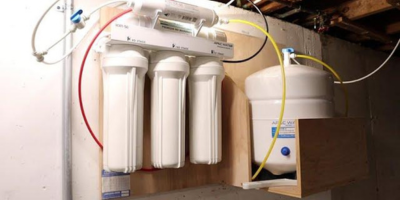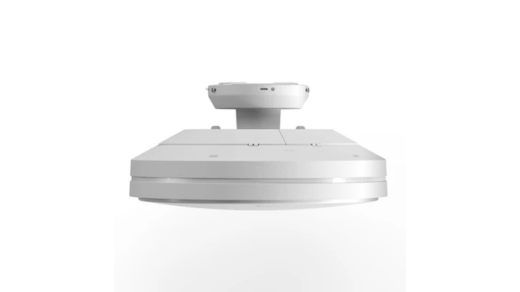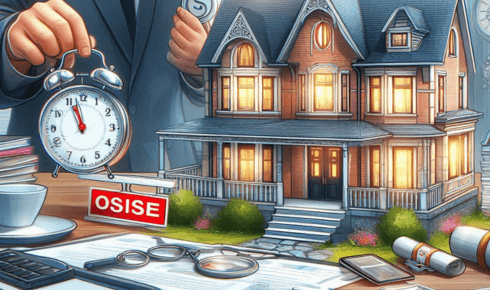I remember when I used to think bottled water was the cleanest thing on earth. Crisp blue labels, images of mountains, and words like “pure” or “glacial” had me fooled for years. But somewhere along the line—maybe after reading a report on microplastics or realizing how much I was spending—I started thinking differently. That’s when I fell down the rabbit hole of home water systems, and let me tell you: once you know what’s possible, it’s hard to go back to just “good enough” water.
Let’s get one thing straight. If you’ve ever stood in the plumbing aisle, staring at the sea of filters, cartridges, and acronyms like RO or UV, you’re not alone. I’ve been there, more times than I care to admit. And here’s the thing: most people don’t need a complicated setup—but they do need better water.
The Modern Reality of Tap Water
Tap water in many regions looks fine. It’s clear, doesn’t smell weird, and passes basic safety checks. But that’s just the surface. Underneath, you could have residual chlorine, lead from old pipes, hard water minerals, or even pharmaceutical traces (yep, that’s a thing). It’s not about fear-mongering; it’s about being informed.
That’s why water filter upgrades are such a game changer. They aren’t just a luxury or a fad—they’re a way to take control of what you and your family drink every single day. Whether it’s a simple under-sink unit or a whole-house filtration system, these upgrades can make a world of difference to taste, safety, and even your skin and hair.
So Many Filters, So Many Claims. What Actually Works?
Let’s break it down like you’re talking to a friend over coffee.
First, there’s your basic carbon filter. These are the Brita-style pitchers or faucet attachments. They’re decent, especially for improving taste and removing chlorine. Not bad for a starter. But they won’t touch more stubborn contaminants like lead or bacteria.
Now, if you want a real leap in quality, RO setup is where things start to get serious. RO—short for reverse osmosis—uses a semi-permeable membrane that basically catches everything bad and lets only pure water through. Think heavy metals, fluoride, nitrates—all blocked. Yes, it wastes a bit of water in the process, but the result is pretty incredible.
And here’s a curveball: some people combine RO with remineralization filters, which add good stuff like calcium back into the water after filtration. That’s not essential, but it’s something wellness folks often like. (Personally, I’m just happy if my water tastes clean and doesn’t wreck my coffee machine.)
Convenience Meets Smart Living
In today’s tech-savvy world, it’s no surprise that home water tech has stepped up its game. We’re talking about Wi-Fi-enabled filtration units, smart leak detectors, and apps that tell you when to change your filters. There are systems now that monitor water quality in real-time and even auto-order new filters when you’re due. Wild, right?
I didn’t think I’d care about those features… until I forgot to replace my filter for six months and my tea started tasting like pool water. Now? I get a push notification. I tap once, order’s placed, and boom—done. You don’t have to be a tech geek to appreciate that kind of peace of mind.
But don’t be fooled by bells and whistles alone. A fancy app means nothing if the filtration core isn’t solid. Focus on the filtration specs first. The tech is just the cherry on top.
Real Life Impact: Not Just a Trend
Here’s what most people don’t realize until after they’ve switched: good water affects more than your drinking glass. Shower filters can help with dry skin. Whole-house systems can stop limescale from ruining your appliances. And cooking with clean water? Game changer. Pasta tastes better. Rice gets fluffier. Your dog drinks more. Okay, maybe that last one’s anecdotal—but I swear it’s true.
You don’t need to go all out on day one. Start small if you must. A faucet filter today, maybe an under-sink system next month. It’s a journey. The key is being mindful of what you’re putting into your body—and doing something about it.
Wrapping Up, But Not Really Done
Here’s the bottom line: better water is worth it. It’s something you use every single day. You cook with it, bathe in it, drink it, and serve it to the people you love. Isn’t that worth the investment?
If there’s anything I’ve learned from this, it’s that you don’t need to be a plumber or a scientist to understand your options. You just need to be curious, a little proactive, and maybe a bit tired of weird-tasting tap water.
So go ahead—ditch the plastic bottles, skip the guesswork, and take your first step toward smarter water. Because when it comes to wellness, sometimes the simplest upgrades (like a better filter) create the biggest ripple effect.




